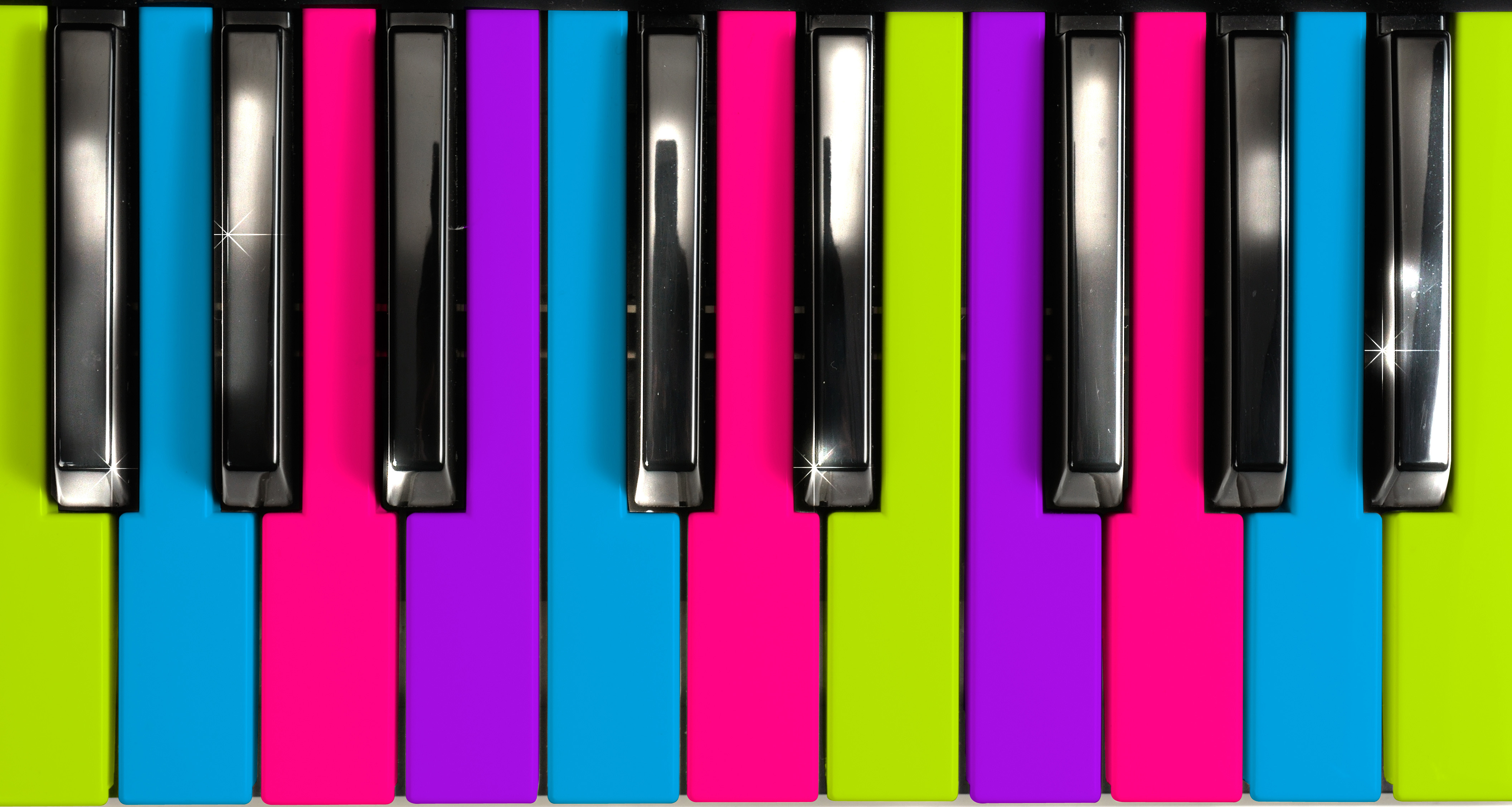(Christine’s guide to enjoyable, engaging lessons)
The aim of the piano teacher is to provide lessons that instill in our student a love of music and an ability to play with proficiency, emotion, and capability. This love of music should encourage students to keep learning and improving, striving to become more accomplished musicians. But how do we keep our students happy and interested and wanting to learn more over a sustained period while they acquire these skills? It is the age-old question of motivation and resources, and a very complex question to answer.
Students are all so very different. They have different likes, dislikes, abilities, challenges, ages, objectives, and personalities. Getting to know your student is part of the key to success in keeping your student learning and progressing. Find out why have they chosen to learn the piano? Ask what they want to be able to do, do they have a goal they want to work towards or a piece they would like to play? Are they simply learning for their own enjoyment and happy to be led by you for the journey? Any information you glean from these conversations can help guide you as you create a learning plan just for them! Over time, it is useful to check in with your student and see if they have any new things they would like to work towards. Have conversations with them around things you would also like them to learn. These conversations give your student more information with which to make their decisions and ownership of the goals they are working towards.
Let’s talk incentives. Sometimes, when goals seem a long way off, you might need something to help encourage students along the way. What works to motivate and incentivize some students may not work for others, so it is helpful to have a variety of options available in your teaching toolkit. Other times you’ll need to mix it up, different things might be needed for the same student as they develop and age. For example, having performance goals can be a great incentive to practice as there is a timeline involved. However, some students may cringe at the thought of performing in front of an audience, it may even create less motivation for that student to practice (which is an entirely different conversation!!) Whilst other students love to perform, and it really gets them focused on securing their pieces for their best performance.
Here are some ways to help form a mostly intrinsic desire to learn music for your students:
Piano Challenges
These have been a huge success in my studio. Over a term, students are given 5 tasks each week, according to their age and ability. The next lesson they are awarded marks out of 5 for how well each task is performed in their following lesson. The competition that occurs between the students is amazing!
Piano Recitals
Arranging recitals for your studio not only builds a set of performance skills for students but can also be a huge encouragement to them to practice. The set date also gives them timeline to work towards so students can perform at their best in front of an audience.
Piano Exams
Similarly, to recitals, exams provide a deadline for which students must be ready. This motivates them to focus their practice and preparations.
Parental Involvement and Encouragement
Piano playing can be lonely, often requiring a student to practice by themselves. Getting parents involved in their child’s learning can have a very positive effect. Perhaps suggestion to your student to teach their parent how to play something they’ve learnt in the lesson. It can be quite an entertaining activity for both the parent and child. Alternatively, chat with the parents about how they can be involved in their child’s learning.
Group Lessons
Group learning can bring students of similar age and ability together to learn. Social interaction and collaborative learning opportunities really open in the group setting and some groups may stay together for many years as they progress through to the higher levels. For some students, this is a vital ingredient to their ongoing engagement.
Improvisation & Composition
Improvisation Is a fun activity that students love! Students can let loose on the piano, playing any notes that they choose usually within a certain range. I enjoy this activity as much as my students!
Composition is a creative activity that even beginners can achieve. Using a small range of notes and a developmentally appropriate notation option, you can help students create their own miniature masterpieces!
Percussion Instruments
Including percussion instruments is a brilliant way to explore rhythm in your lessons. All teachers should have at least a few in their bag of tricks! There are so many options; triangles, tambourines, rhythm sticks, drums, bongos, and castanets just to name a few. Students faces light up when they choose their percussion instrument for an off-the-bench rhythm activity.
Duets and Trios
Choosing repertoire for 4 or more hands provides a rewarding experience for students and breaks the sometimes-isolated experience that can be felt while practicing alone.
Piano Parties
Gather everyone together for a fun morning of music making. Young students particularly enjoy these, whilst older students can take a leadership role and help organize the activities. Invitations are sent out a couple of weeks in advance to meet in the park on a designated day and time. Everyone can bring a plate to share. Activities have a musical theme. Games that I’ve used in the past include:
- Pass the Parcel
- Pin the crotchet (or clef) on the stave
- Relays with a percussion instrument as the baton
- Musical Chairs
- Musical Bingo
- Musical Trivia: Divide students into small groups each with the same list of suitable questions. The first group to answer all questions wins!
Piano Themes
Why not choose a theme for the term? You could choose an era in musical history, music from a particular region in the world, or even go for a genre like nursery rhymes, pop music, folk songs, country songs, jazz and blues, ragtime. Then have a couple of activities for the term. You could have sight reading examples from that genre/era, have a few facts that you tell them from the term, some repertoire they select a piece from and play at a themed recital in the next term, the options are only limited by your imagination.
Extrinsic Rewards
Whilst an intrinsic desire from the student to practice, improve and succeed, is the teacher’s aim, sometimes a little extrinsic (read: bribery) from the parent or the teacher can go a long way for some students. Never underestimate the motivational qualities of a scratch and sniff sticker! Practice charts are a good tracking mechanism that helps a student develop good habits. Tying a reward to effective use of the practice chart when a goal is reached, would create positive reinforcement whilst still focusing on developing positive habits.
Overall, these are ideas to help create a community of students that enjoy making music. Getting to know your students is at the heart of developing intrinsic motivation. Then it is just about providing a range of activities for your students to enjoy, getting them making music they love and help them continue learning through the tricky-teenager-years and beyond!

Christine is a piano teacher from Noosa Heads in Queensland, Australia and has been teaching the piano for approximately twenty years. She holds an “Associate Teacher of Music” and has taught many students in this time from four year-olds to eighty year-olds. She is a member of the Queensland Music Teachers’ Association Sunshine Coast Group and is a passionate teacher who loves to learn new and innovative ideas and methods of teaching. In her spare time, she can be found out in the garden, walking her dog or surfing the beautiful beaches in her area.
